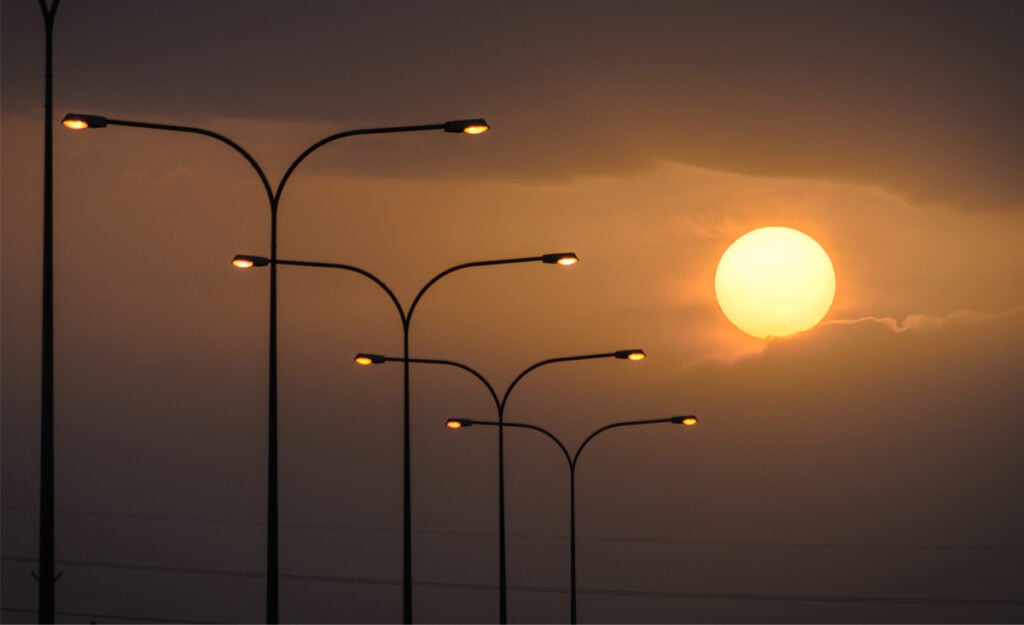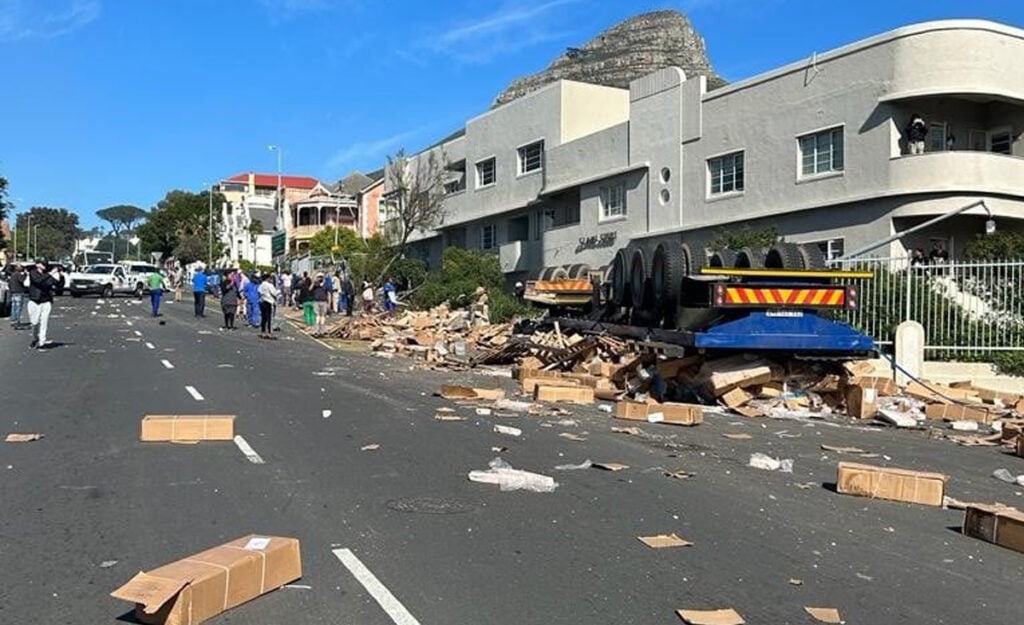
The City of Cape Town has responded to more than 10,000 streetlight-related service requests within a 30-day period.
City officials have launched a streetlight focus initiative aimed at eliminating the backlog of requests for repairs and maintenance to Cape Town’s vast network of roadside infrastructure.
Energy teams were subsequently from 26 March until 25 April, who were able to attend to residents who’d submitted requests for better-lit streets.
During this time, the energy teams attended to 10,229 broken, vandalized, or otherwise non-functioning streetlights in 12 suburbs across the metro.
This is out of a total of almost 30,000 electricity-related service requests attended to over the same period.
According to Cape Town’s mayoral committee, the initiative was effective in eliminating the streetlight request backlog, which will allow for faster turnaround times when responding to new requests.
While the effort was a success, the city warned that vandalism, theft, and illegal electricity connections continue to be a leading cause of damage infrastructure.
Cape Town’s Mayoral Committee Member for Energy, Alderman Xanthea Limberg, said that these issues continue to impact turnaround times as damaged infrastructure often needs to be entirely replaced.
Limberg explained that the city is looking at new strategies to mitigate theft and vandalism.
“The City’s Energy Safety Unit continues to make a significant difference in our operations and much investment is under way to reduce the street value of materials by replacing copper cables with low street value conductors and rolling out overhead to underground cabling projects in communities across Cape Town,” she said.
Cape Town has also launched a multi-year anti-vandalism campaign called “Protect Your Power,” which urges communities to report suspicious activities involving electricity infrastructure.
“We manage more than 245,000 streetlights across the metro and every bit of help we can get goes a long way as we endeavour to create safer and brighter communities,” said Limberg.
Not just Cape Town

The City of Johannesburg recently completed its own project to fix streetlights and traffic signals around the metro.
The project, valued at R15 million, included an initiative to replace streetlight poles with concrete fixtures, making it far more difficult for criminals to access the fixture’s interior.
Streetlights and robots are frequently targeted by opportunistic thieves as they contain valuable materials like copper and aluminium, which are stolen to be sold as scrap metal on the black market.
Joburg has roughly 2,000 signalized intersections, and it was previously estimated that 20% of these sites are out of order due to theft, vandalism, and vehicle accidents.
The concrete light pole fixtures are not a new solution, as they were once the standard for new lights many years ago.
Group Chief Financial Officer Tebogo Moraka explained that the decision to revert back to concrete was two-fold.
The first reason is that concrete bases are much harder to vandalize than steel, and the second is that it is a much cheaper material.
Another important change is that many of Joburg’s streetlights now use LEDs, which are another deterrent to theft.
LEDs use less electricity and last longer than the old High-Pressure Sodium bulbs, and they also use fewer valuable components, meaning they are less of a theft risk.
The metro has also launched new law enforcement campaigns in collaboration with City Power and Johannesburg Water to counteract threats to its infrastructure.
Additionally, Joburg has partnered with technology company Vumacam to install crime-fighting cameras across the city which can detect and track suspicious vehicles and individuals.
The cameras allow the city to work with the police and private security companies, improving its ability to respond to crimes in progress.
“We must acknowledge that we can’t be at every single street pole, we can’t be at every single traffic light, so we need to use proactive technology,” said Moraka.











